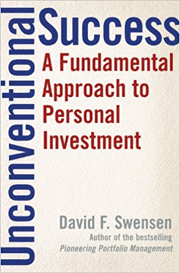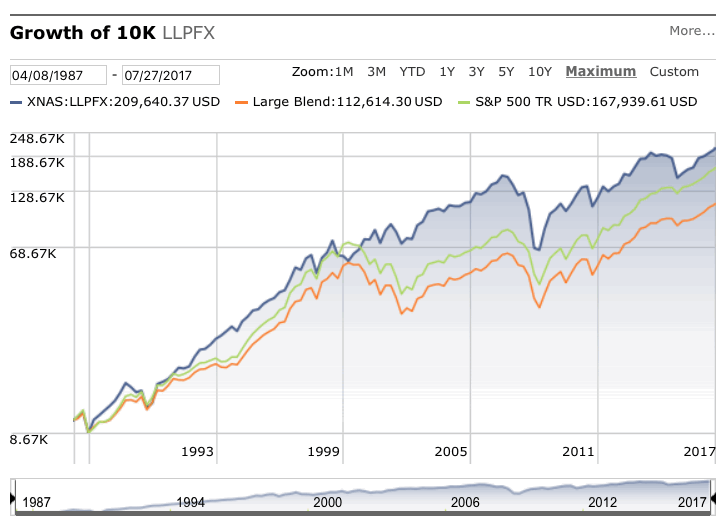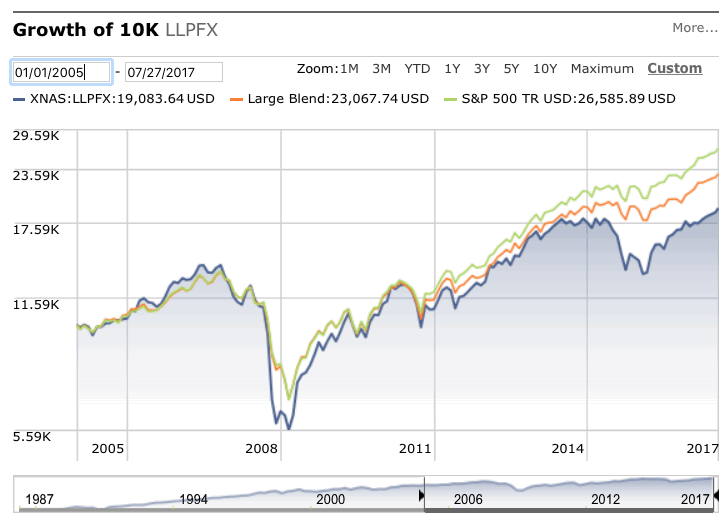
I choose to maintain funds inside the Utah My529 college savings plan for all three of my children. Formerly known as the Utah Educational Savings Plan (UESP), this plan has become my primary, favorite plan after trying out several different ones. (I don’t live in Utah; I live in a state with no special tax benefits for 529 contributions.) The Utah My529 plan feels like it has the highest quality of administrative ease/customer service, the widest options for DIY investors (while still maintaining a solid auto-pilot Target-Date option), and long-term commitment to keeping their fees low. Accordingly, they are consistently top-rated by Morningstar and other ratings systems.
In their July 2024 newsletter, they again announced they were lowering the administrative fee on most of their investment options. Every 529 plan charges an administrative fee on top of the expense ratios of the underlying investments like mutual funds. For example, an asset fee of 0.10% is the same as charging $10 a year for every $10,000 in assets invested.

Although Utah may not be the lowest in every option, they consistently are amongst the lowest and keep going lower. This made me want to look up their history of fee drops. It turns out they have lowered fees in 10 out of the last 12 years, although I couldn’t dig up every historical change date.
- August 2024: Administrative Asset Fee for Target Enrollment Date and Static investment options lowered from 0.10% to 0.09%.
Customized investment options lowered from 0.13% to 0.12%. - July 2023: Administrative Asset Fee for Target Enrollment Date and Static investment options lowered to 0.10%. Customized investment options lowered to 0.13%. (source)
- […]
- October 2020: Administrative Asset Fee for Age-Based and Static investment options lowered from 0.13% to 0.12%.
Customized investment options lowered from 0.18% to 0.15%. - February 2018. Utah Educational Savings Plan (UESP) changed its name to my529, effective February 5, 2018.
- […]
- July 2017: Administrative Asset Fee for Age-Based and Static investment options lowered from 0.17% to 0.16%.
- […]
- June 2013: UESP fees dropped an average of 10% overall. Administrative asset fee was 0.15% to 0.20%, now lowered to between 0.14% and 0.18% most Age-Based and Static investment options. Customized investment option at 0.20% (make your own glide path).
Note: At some point, they changed from the “Age-Based” label to “Target Enrollment Date” but it’s basically the same idea of a glide path that changes as the student ages, in preparation for their college enrollment date.
Each annual change may only amount to $1 to $20 a year in savings, but I do think it shows an ongoing commitment to passing on savings as their assets under management grow. I believe the Utah plan is now the 3rd-largest direct-sold plan in the nation. This is impressive considering the New York plan at #1 has the benefit of a large in-state tax break (and large population) to help it grow, and the Nevada plan is co-branded with Vanguard. The Utah plan includes mostly low-cost Vanguard investments, but is independent and also includes investment options from other providers like DFA and PIMCO. I enjoy being able to set up my own glide path with a large menu of investment options.

 One of the early books that impacted my investing philosophy was
One of the early books that impacted my investing philosophy was 

 The Best Credit Card Bonus Offers – 2025
The Best Credit Card Bonus Offers – 2025 Big List of Free Stocks from Brokerage Apps
Big List of Free Stocks from Brokerage Apps Best Interest Rates on Cash - 2025
Best Interest Rates on Cash - 2025 Free Credit Scores x 3 + Free Credit Monitoring
Free Credit Scores x 3 + Free Credit Monitoring Best No Fee 0% APR Balance Transfer Offers
Best No Fee 0% APR Balance Transfer Offers Little-Known Cellular Data Plans That Can Save Big Money
Little-Known Cellular Data Plans That Can Save Big Money How To Haggle Your Cable or Direct TV Bill
How To Haggle Your Cable or Direct TV Bill Big List of Free Consumer Data Reports (Credit, Rent, Work)
Big List of Free Consumer Data Reports (Credit, Rent, Work)